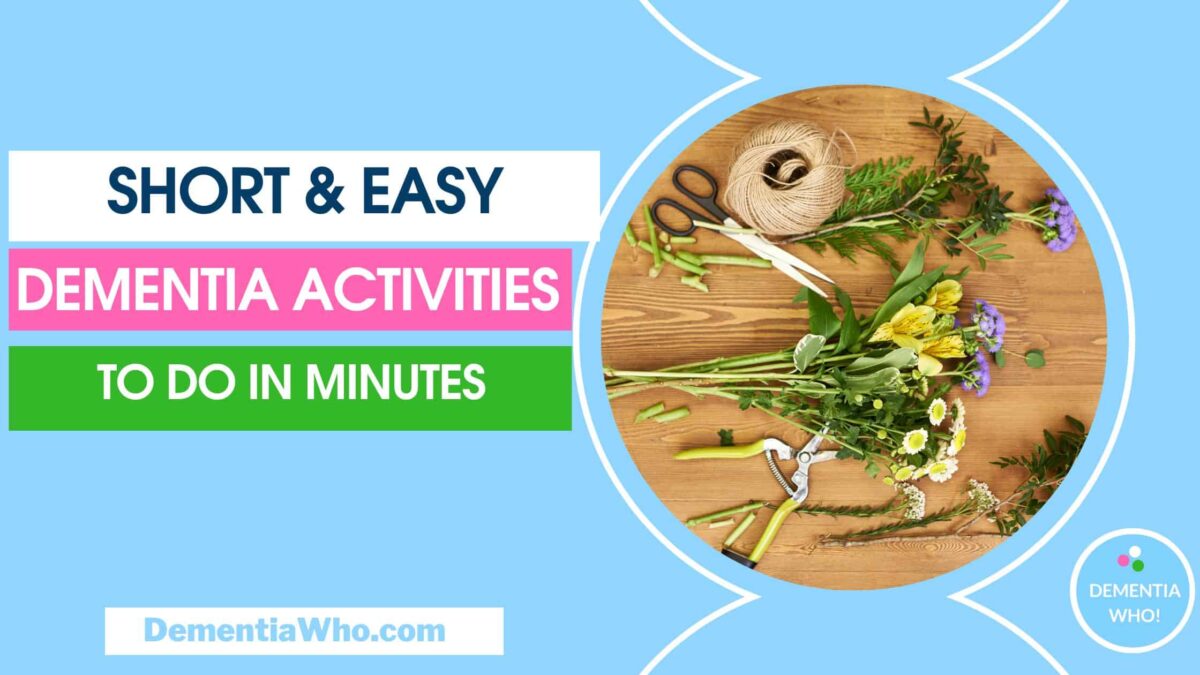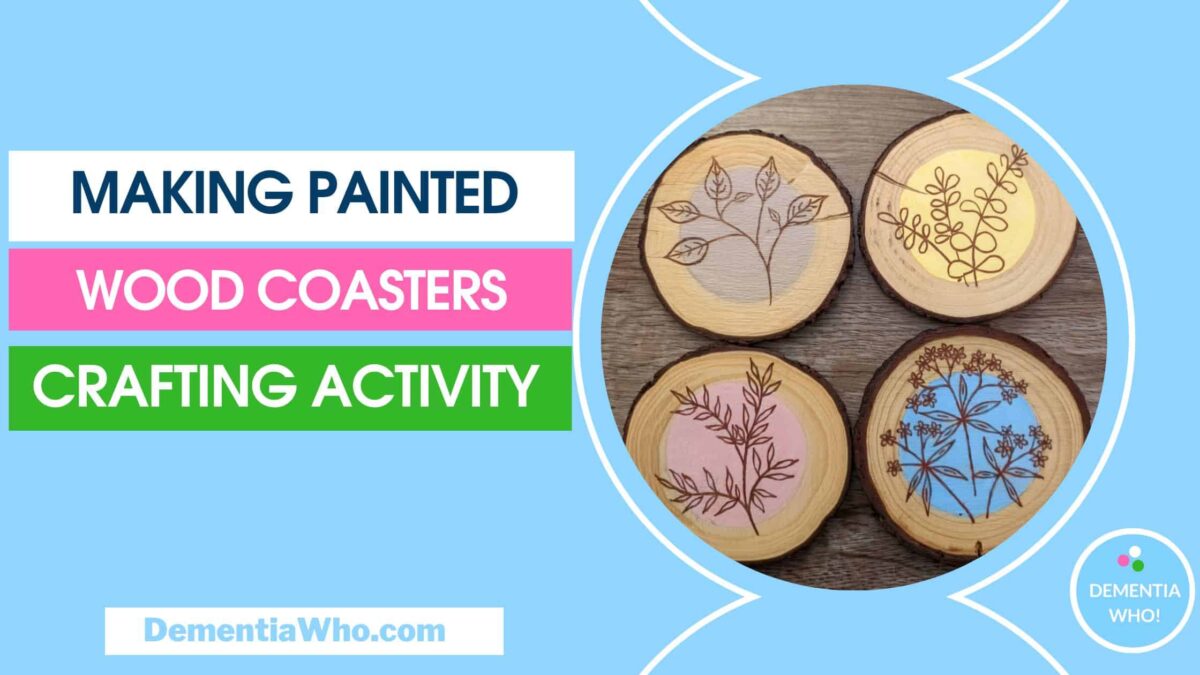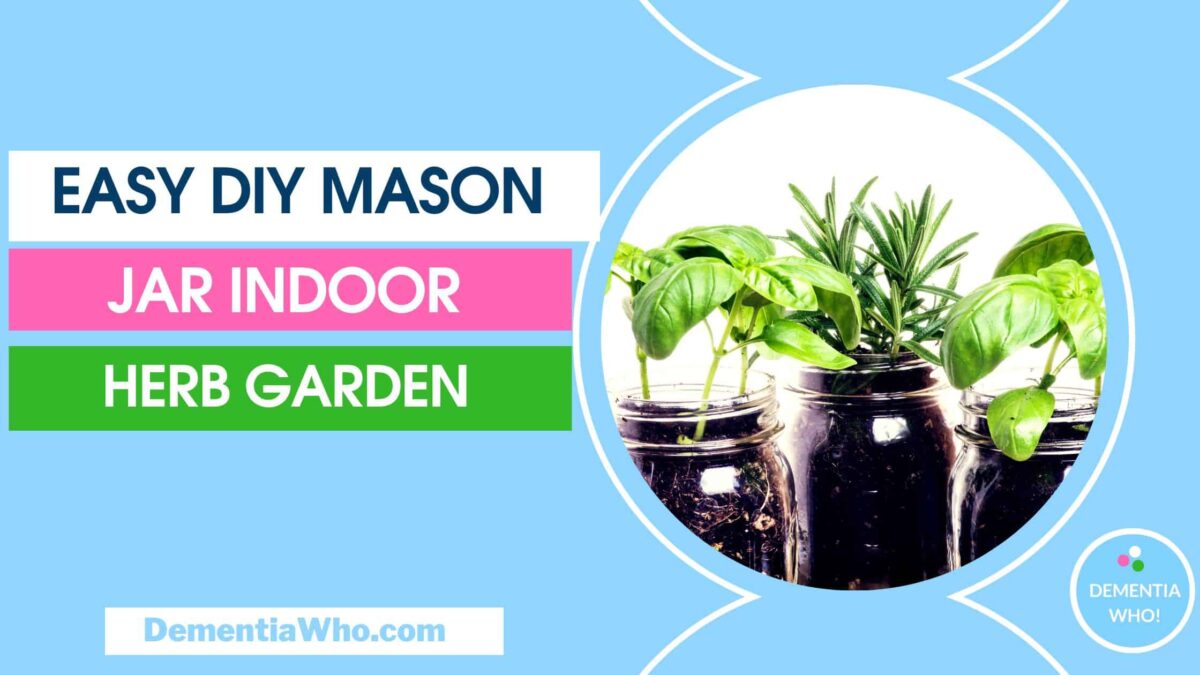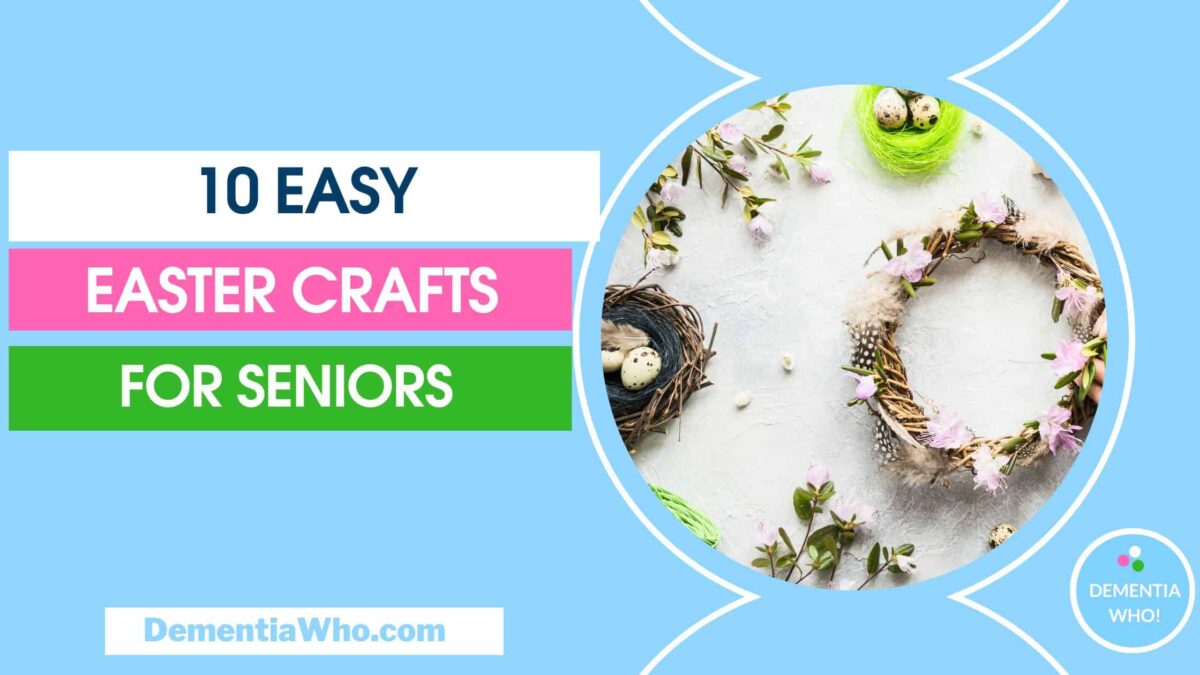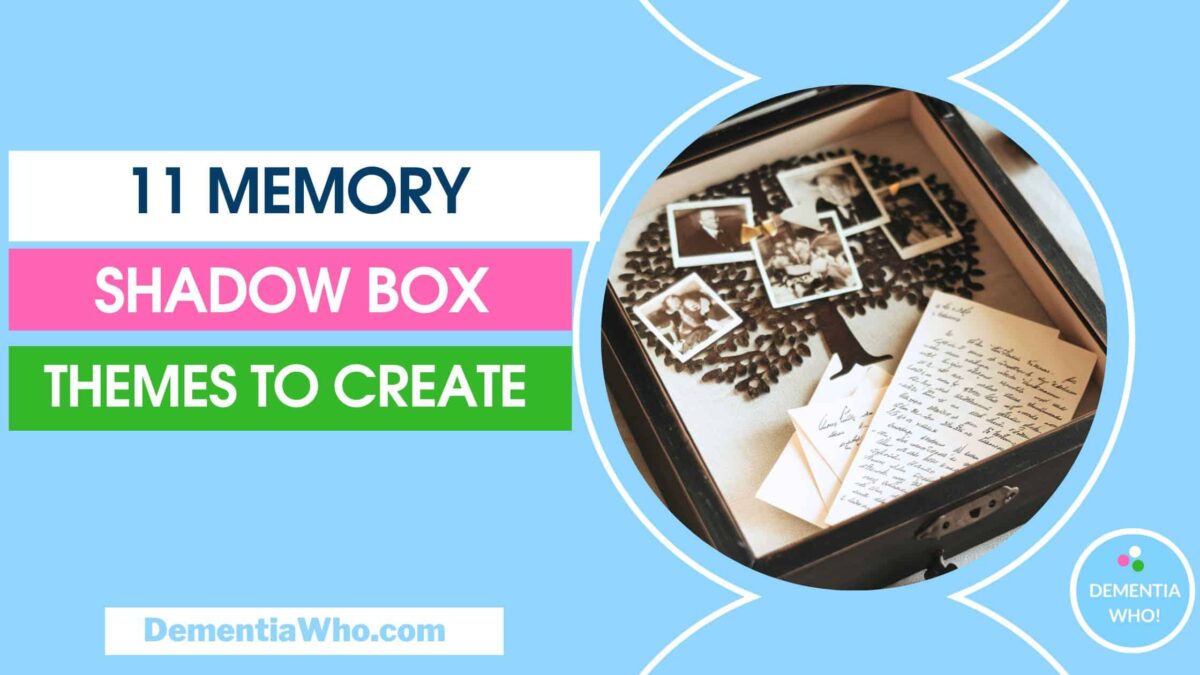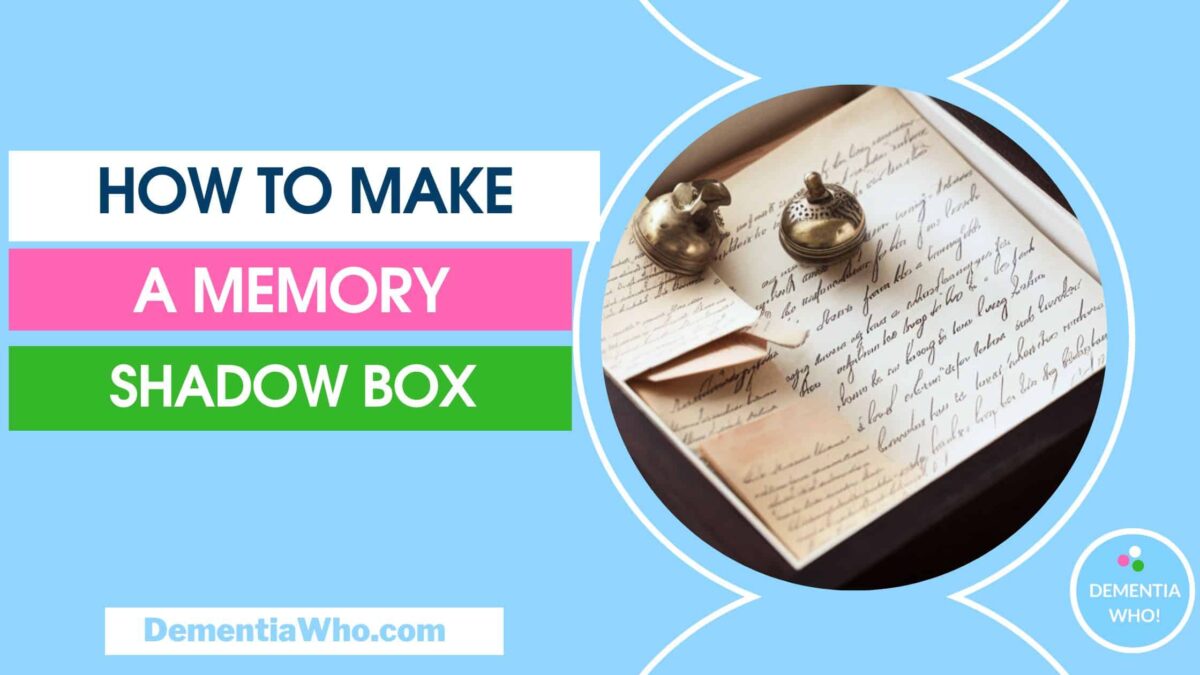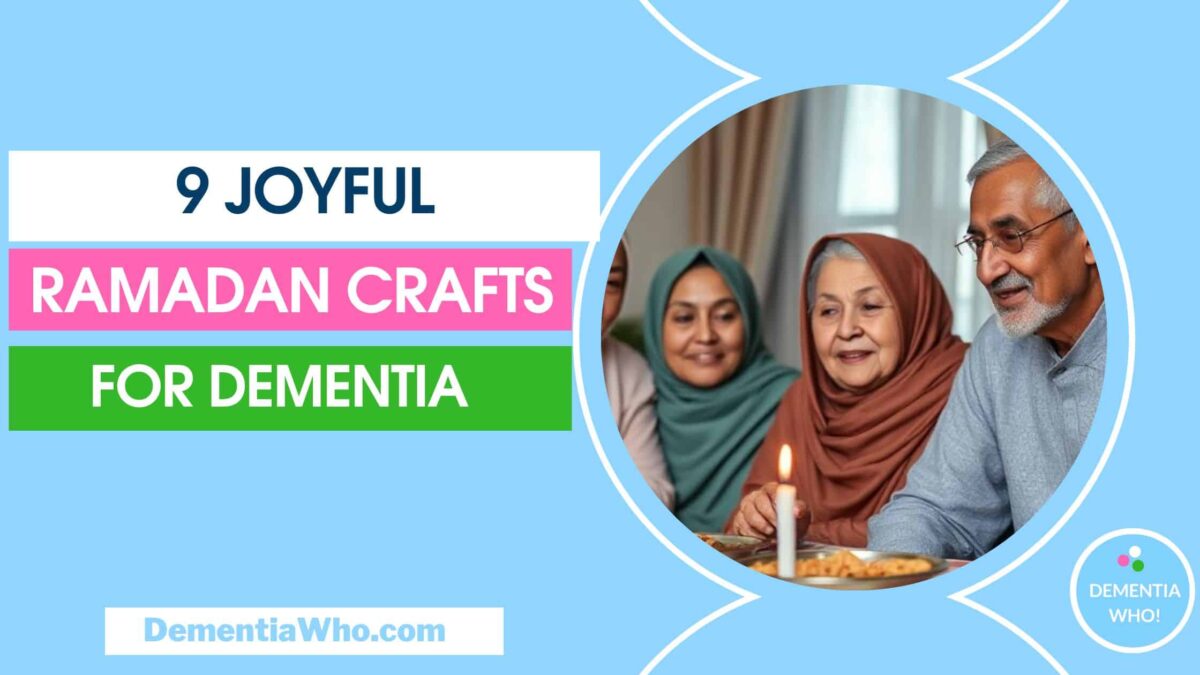In this article, I’m sharing 11 visual art activities for mid stage dementia. Art can have a remarkable effect on your loved ones with dementia, providing them with a positive outlet to express themselves and connect with their emotions.
Related: How Art Can Help Those With Dementia and Their Caregivers
I hope the following activities stimulate creativity, create enjoyment and fun for your loved ones. They may ask or require assistance or support to carry out some activities and where possible think about joining group art classes together to build social connections! A brief description will accompany each activity, illustrating the tools required and any safety concerns to consider.
Related:
11 Visual Art Activities for Early Stage Dementia
11 Visual Art Activities for Late Stage Dementia
All the activities are listed with a brief description, tools required and any safety concerns to consider. Let’s dive into these 11 visual art activities and the benefits they offer to your loved ones with mid-stage dementia.
- Activity 1: Printmaking
- Activity 2: Nature Inspired Watercolour Painting
- Activity 3. Stencil Colouring
- Activity 4: Texture Rubbing
- Activity 5: Mosaic Art
- Activity 6: Watercolour Swirls
- Activity 7: Decoupage
- Activity 8: Textile Art
- Activity 9: Sticker Art
- Activity 10: Pottery Making
- Activity 11: Designing Greeting cards/Postcards
- Conclusion
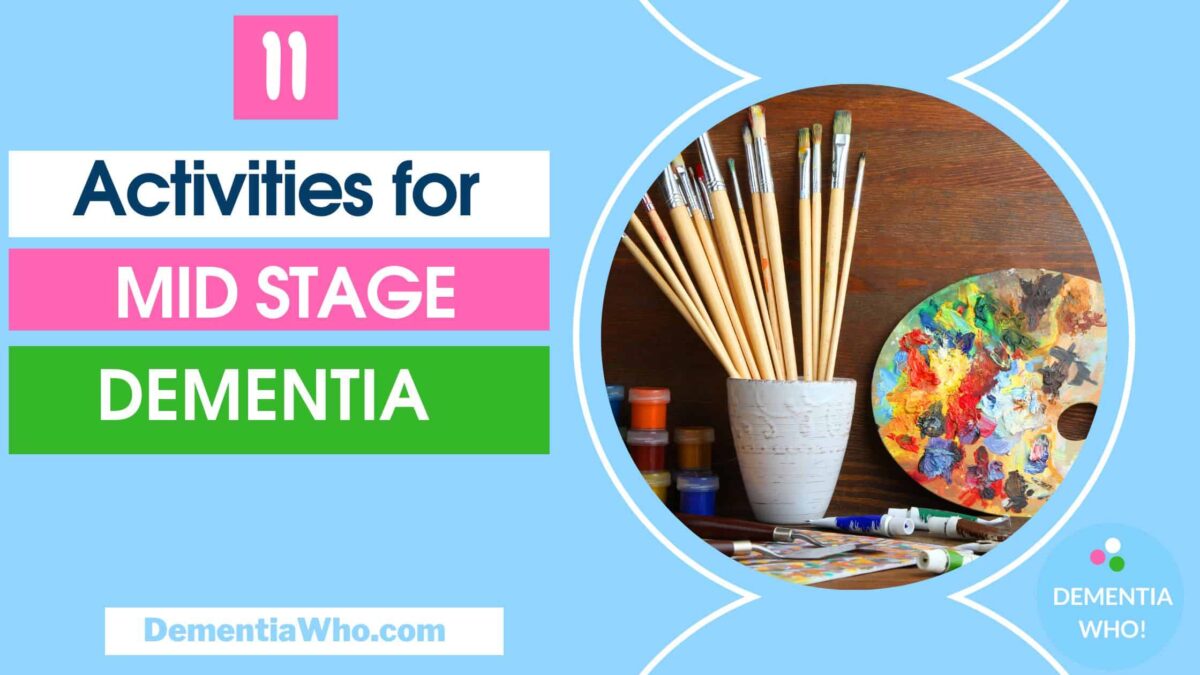
Activity 1: Printmaking
Description: Introduce your loved ones to printmaking techniques, such as monoprinting or foam plate printing. They can create multiple images by applying paint or ink to a plate and pressing it onto paper.
Tools Required: Printmaking plates (foam or other materials), Brayer/Rollers, paints or inks, printing paper, and a flat surface for working.
Benefits: Creative exploration, motor skill engagement.
Safety Concerns: Take precautions while using paints or inks to prevent spills and stains, use non-toxic paint.
Activity 2: Nature Inspired Watercolour Painting
Description: Use watercolour paints and brushes to create a colourful nature scene. Encourage your loved ones to experiment with different brushstrokes and blending techniques. For example, paint a vibrant landscape of flowers in a garden.
Tools Required: Watercolour paints, brushes, watercolour paper or canvas, cleaning utensils
Benefits: promotes relaxation, improves visual perception, and provides a connection to the natural world. It also stimulates imaginative thinking and creativity.
Safety Concerns: Ensure a clean and well-ventilated space for painting. Use water-based paints for easy cleanup.
Activity 3. Stencil Colouring
Description: Provide your loved ones with stencils or make your own and colouring materials such as markers, pastels or coloured pencils. They can fill in the stencil designs with different colours.
Benefits: Stencil colouring promotes focus and attention, enhances fine motor skills, and provides a sense of accomplishment. It also allows your loved ones to engage in a structured and guided art activity.
Tools Required: Stencils, colouring materials (markers, fabric paints or coloured pencils), and colouring paper/fabrics.
Safety Concerns: Ensure the use of non-toxic colouring materials, avoid accidental ingestion.
Activity 4: Texture Rubbing
Description: Provide a variety of textured objects like leaves, fabrics, or coins. Your loved ones can place a piece of paper over the object and rub a crayon or pencil over it to create textured patterns and images.
Tools Required: Textured objects, paper, crayons, or pencils.
Safety Issues: avoid pressing too hard with the crayons or pencils to prevent breakages & knocking/bruising hands
Activity 5: Mosaic Art
Description: Provide your loved ones with small, colourful tiles or broken ceramics and guide them in creating mosaic art by arranging and glueing the tiles onto a base surface such as a tray or wooden plaque.
Benefits: promotes problem-solving and visual perception, improves fine motor skills, and provides a sense of accomplishment through the creation of intricate designs.
Tools Required: Small tiles or broken ceramics, adhesive or mosaic glue, tweezers (for intricate work), and a base surface for the mosaic.
Safety Concerns: Ensure the use of safe handling techniques for broken ceramics and provide assistance to your loved ones with limited dexterity.
Activity 6: Watercolour Swirls
Description: Watercolour swirls are a calming and therapeutic art activity. Using watercolour paints, your loved ones can create abstract designs and patterns using watercolours on large sheets or canvas. By applying watercolours in a gentle swirling motion, your loved ones can create beautiful and calming abstract paintings.
Benefits: promotes relaxation, reduces anxiety, and provides a peaceful and calming experience
Tools Required: Watercolours, watercolour paper, brushes and a palette
Safety Concerns: Ensure the watercolour paints used are non-toxic and provide support and guidance to your loved ones who may require assistance with brush control
Activity 7: Decoupage
Description: Decoupage involves cutting out images or patterns from materials like paper or fabric and then glueing them onto objects, such as boxes, frames, or furniture. The surface is then coated with a varnish or lacquer to protect and give a finished look.
Your loved ones with mid-stage dementia can decorate surfaces like boxes or frames using decoupage technique. They can cut out images from magazines or use decorative paper to create personalised pieces.
Tools Required: Surfaces to decorate (boxes, frames), decoupage glue, brushes, decorative paper or magazine cut-outs.
Benefits: Cognitive stimulation, helps with fine motor skills, sensory stimulation, improve self esteem
Safety Concerns: Ensure that glue is used safely, safety of cutting tools, ventilation for sealing materials
Activity 8: Textile Art
Description: Provide your loved ones with fabric, yarn, ribbons, and other textiles and guide them in creating textile art such as fabric collages, yarn paintings, or woven pieces.
Benefits for Dementia: Textile art stimulates sensory perception, improves fine motor skills, and provides a tactile and visual experience. It also encourages creativity and self-expression through the use of different textures and colours.
Tools Required: Fabric, yarn, ribbons, scissors, glue sticks, and a base surface for the textile art.
Safety Concerns: Ensure the use of safe handling techniques for scissors and needles, and supervise the activity to prevent accidental ingestion (where required) .
Activity 9: Sticker Art
Description: Sticker Art involves creating pictures or patterns using a variety of stickers. This activity is both simple and engaging, suitable for your loved ones with varying artistic skills. They can arrange stickers on paper or cardstock to form designs, scenes, or abstract compositions. Ensure the stickers used are easily removable to prevent frustration, and provide help for loved ones with limited dexterity.
Tools Required: a variety of stickers (different shapes, sizes, and colours), and paper or cardstock as the base for the artwork.
Benefits: can improve hand-eye coordination, promote concentration, and encourage creativity
Safety Concerns: ensure the stickers are large enough to handle easily and not pose a choking hazard.
Activity 10: Pottery Making
Description: Provide your loved ones with clay to create small pottery objects such as bowls, vases, or beads. They can experiment with shaping, moulding, and decorating their creations.
Benefits: Pottery making stimulates hand-eye coordination, enhances finger dexterity, and provides a tactile and sensory experience. It also encourages creativity and self-expression through the creation of unique pottery objects.
Tools Required: Clay, modelling tools (e.g., rolling pin, clay cutters), and a pottery kiln or oven for firing (if available).
Safety Concerns: Ensure the use of non-toxic clay and supervise where necessary to prevent ingestion of materials.
Activity 11: Designing Greeting cards/Postcards
Description: This art activity involves the creation of personalised greeting cards or postcards. Your loved ones engage in drawing, painting, or using collage techniques to design the front of the cards. It allows for a range of themes, from seasonal and holiday ideas, to make a personalised gift for a loved one or friend. It’s an excellent way for them to express their artistic talents and send personal messages.
Tools Required: Card paper, drawing & painting supplies e.g. markers, coloured pencils, glue, stamps, stickers, masking tapes, etc
Benefits: Creativity, self expression, pride in creating a gift, fostering connections
Safety Concerns: Careful of small embellishments, non-toxic products, care using sharp instruments.
Conclusion
In summary, art activities play a crucial role in promoting the well-being and engagement of your loved one with mid-stage dementia. These 11 visual art activities for mid stage dementia offer therapeutic benefits that can significantly enhance cognitive function and emotional expression. By providing a safe and supportive environment, your loved ones with dementia can engage in visual art activities that stimulate their creativity and improve their overall quality of life.

